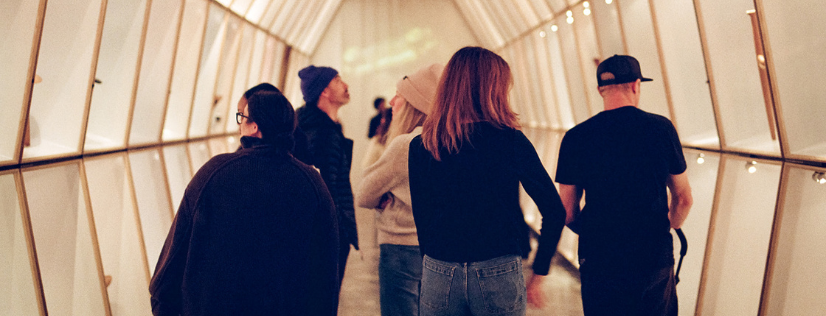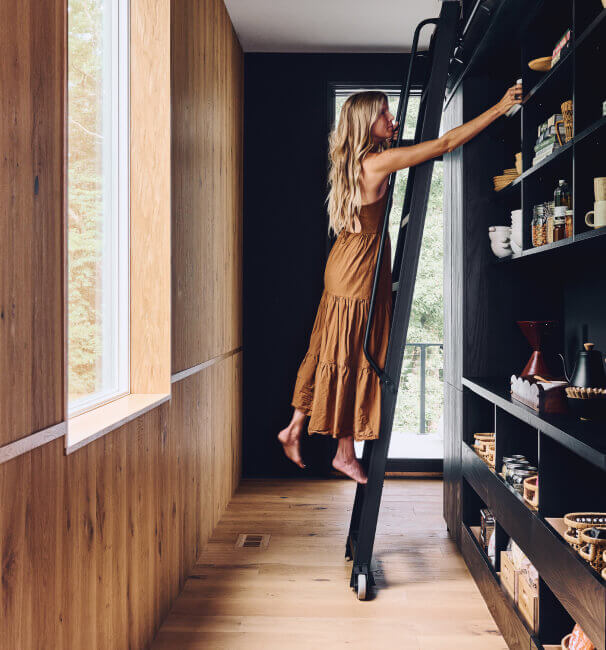September 16, 2024
Wood For Wellbeing: What Does It Mean?
by Lauren Jones

Wood has the power to bring a calming presence to any room, a sense of hand-built character, rustic texture, and the storied elegance of European craftsmanship with every plank. Each piece is alive, each sharing a unique history that faux wood floors made from toxic laminate could never replicate. Design that centers on natural, organic materials, such as wood, stone, and more, is something called biophilic design, a principle centered around bringing the best of Mother Nature inside. We love it, of course, but there are plenty of reasons to choose wood floors for your home that go beyond aesthetics.
Why is Wood So Calming?
Architects and designers use biophilic design to curate spaces that make people feel at ease. While some may opt for LVP and other faux wood products with manufactured textures and dangerous chemicals, they could never compare with the incredible blueprint of nature and fall short providing the grounding, calming effect genuine materials deliver.
Biophilic design is all about integrating natural elements—light, plants, water, and organic shapes—into our living spaces. By surrounding ourselves with these natural materials, we reconnect with the earth, something that has been proven to benefit human health.
The Science-Backed Choice
The patterns found in wood, referred to as fractal or biomorphic shapes, mirror forms we encounter in nature. These repetitive, organic shapes trigger a sense of comfort because our brains are wired to recognize them as part of the natural world. It's a phenomenon called pareidolia, where we instinctively search for and recognize familiar forms, like faces or shapes, within these natural textures. This connection with nature has been shown to reduce stress and promote relaxation. When we're surrounded by wood, especially in its raw form, we tap into that calming power. For those with sensory sensitivities, natural materials like wood reduce discomfort and provide a softer visual experience. The repetitive forms and sharp lines common in fake materials can be overwhelming to neurodivergent individuals.
The same ideas apply to commercial spaces. According to a Harvard study, biophilic design is shown to improve cognitive function when comparing groups of those working in green buildings versus non-green buildings. Incorporating plants or green walls also improves air quality, reduces symptoms of Seasonal Affective Disorder, lowers blood pressure, and can even enhance patient recovery in healthcare settings.
Wood For Your Home's Health
If you’re planning a home update, there are plenty of positives to using real wood floors, especially if you want to support mental and physical health through design. Additionally, wood floors also help regulate the humidity in our homes by absorbing and releasing moisture, contributing to a more comfortable and balanced environment.
Creating a Biophilic Home
To truly embrace the well-being that wood provides, consider incorporating more natural materials into your living spaces. Opt for hardwood flooring, wooden furniture, and natural light to create a space that feels grounded and harmonious. By integrating wood into your home, along with other biophilic elements like plants and water features, you're not just enhancing your space’s aesthetic appeal—you’re investing in your mental and physical health.
In the end, nothing compares to the real thing. Let nature—and wood—take the lead in creating a home that soothes the senses, supports well-being, and brings a touch of the outdoors inside.























